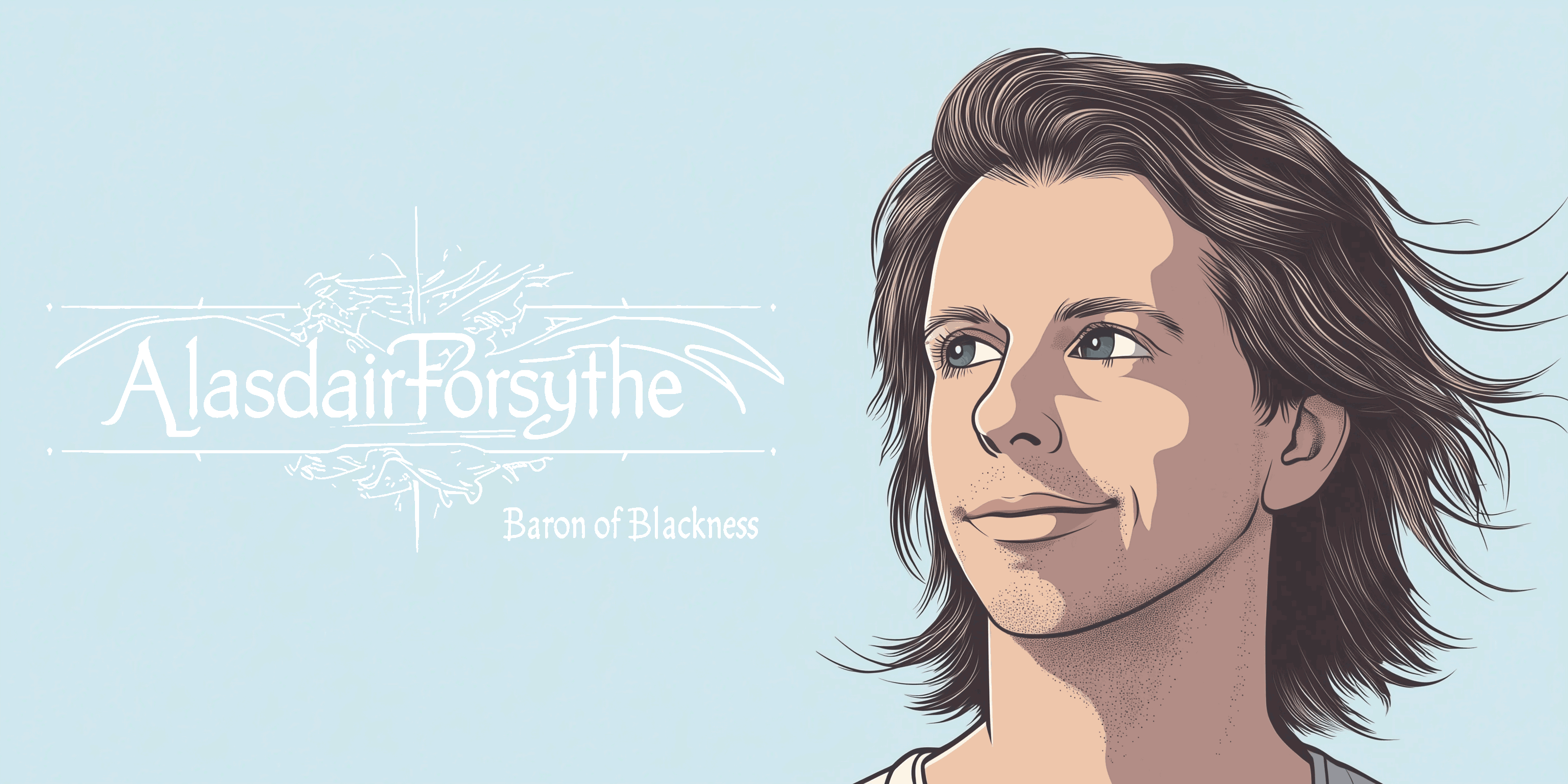When one wants to hide something truly valuable, the most effective place is in plain sight. This counterintuitive strategy doesn't involve suppressing information but rather the opposite: plastering it everywhere in a manner that makes it seem low-class, uncool, or trite. It's hiding by overexposure.
Consider chakras. You've probably heard the term before, maybe from a friend who went on a yoga retreat or seen it on the cover of a new-age book in an airport gift shop. This familiarity breeds contempt. When someone mentions chakras in conversation, it's easy to dismiss. "Oh, that stuff," you might think, rolling your eyes internally. Had you never encountered the concept before, curiosity might have sparked. But by hiding in plain sight, the idea becomes more effectively obscured. There's a subconscious feeling that if chakras were real or significant, you'd know about it already. After all, it's not an uncommon topic.
The same goes for reiki. You've likely seen flyers for reiki healing sessions at your local community center or heard a coworker mention trying it out. The ubiquity of such terms in certain circles makes them easy to write off as new-age nonsense or harmless hobbies for the gullible.
Ancestral connection is another example. In our modern, scientific world, the idea of communing with ancestors might seem quaint or superstitious. You've seen it in movies, read about it in anthropology texts discussing "primitive" cultures. It's so commonplace in certain contexts that it's easily dismissed as a relic of less enlightened times.
For those unsure what to believe, I offer this advice: don't dismiss too quickly. The truth isn't hidden in some arcane text or guarded by a secret society. It's right there in plain sight, only disregarded because of its very visibility. It's camouflaged not by obscurity but by ubiquity.
The spiritual truths we seek might not be buried in distant mountains or locked in ancient temples. The most effective hiding place is often right under our noses.

